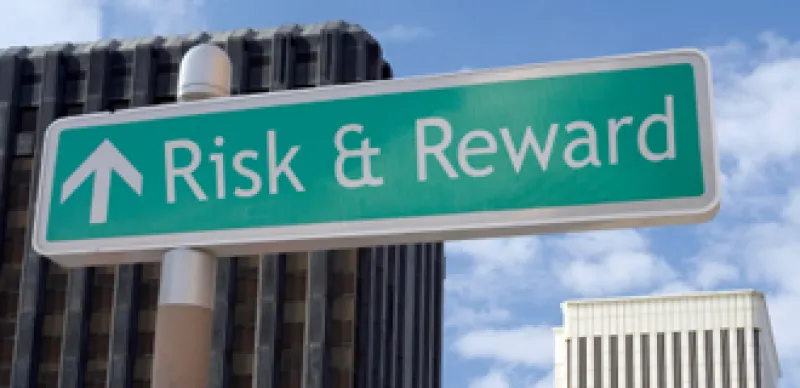Are institutional investors making the correct trade-off between risk and return? Research from AQR Capital, the Greenwich, Connecticut–based quant shop, strongly suggests not. AQR’s data seem to show that risk-adjusted returns from high-risk securities are lower than investors — and academics — suppose; conversely, returns from low-risk securities are higher.
“People buy risky securities hoping they will get higher returns,” says Lasse Pedersen, a principal at AQR who also teaches at NYU’s Leonard Stern School of Business. “This creates a demand for these securities and an abandonment of safer securities. The risky securities become too expensive, creating opportunities.”
The unseen force driving the AQR results is leverage — or the lack of it. Many investors can’t (or won’t) take advantage of leverage in the manner that the Capital Asset Pricing Model prescribes. Thus, they wind up chasing high-beta — that is, high-risk — stocks, depressing returns.
However, investors can exploit this anomaly, the AQR study contends, by selecting overlooked but safer assets such as low-beta stocks, and applying leverage to them. Such portfolios will supposedly earn superior risk-adjusted returns, compared with concentrating on high-beta stocks.





